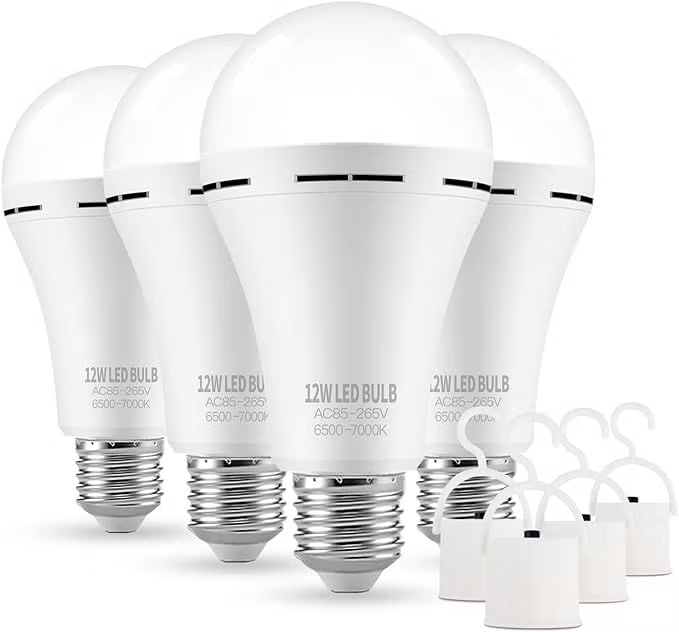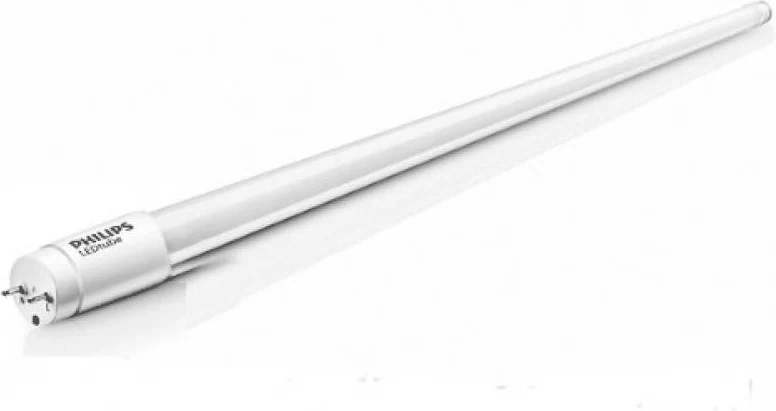Rechargeable bulb

Rechargeable bulb
- Rechargeable bulb Review of Rechargeable Bulbs
- basically In places like homes, workplaces, and outdoor spaces where power outages are frequent, rechargeable light bulbs have become indispensable. These cutting-edge bulbs are adaptable for a range of uses by combining functionality, portability, and energy efficiency. This is a thorough analysis of their attributes, capabilities, and factors.
- Rechargeable bulb
A rechargeable bulb: what is it?
- A light bulb that has a LED with an integrated battery is designated as a rechargeable bulb. When driven by electricity, it functions similarly to a regular lightbulb, but in the event of a power outage, it smoothly transitions to battery power to maintain continuous illumination. Certain variants can be used as flashlights or emergency lights and are portable.
Primary Characteristics
- 1. Battery Life:
- Depending on the model, the light lasts anywhere from three to five hours when fully charged. The Neporal Emergency LED Light, for example, lasts for roughly four hours, which is enough for the majority of blackouts.
2. Brightness: - especially Rechargeable bulbs usually have a lumen count between 600 and 1200. Small to medium-sized spaces can benefit from the moderate brightness of the Henonex 12W Rechargeable LED Bulb.
3. Charging Time: - It takes 4 to 8 hours to fully charge rechargeable bulbs.
4. Modes and Adjustability: - basically A lot of models, including the BoRccdit A19, have modes that allow you to change the brightness, like dim settings and emergency illumination.
5. Portability: - These bulbs are perfect for outdoor activities like hiking and camping because they are lightweight and portable.
Benefits
- 1. Energy Efficiency:
- LED technology, which is used in rechargeable bulbs, is incredibly energy-efficient; it uses less electricity while producing strong light.
2. Reliability During Power Outages: - Constant lighting is ensured by automatically switching to battery power.
3. Cost-Effective: - Over time, these bulbs save money because of their long lifespan and low energy use.
4. Eco-Friendly: - Rechargeable batteries and decreased power usage lessen the impact on the environment.
Drawbacks
- 1. Limited Runtime:
- Most bulbs only last up to five hours while running on battery power, which may not be enough during extended outages.
2. Charging Dependency: - If you forget to charge the lightbulb, you may not be ready for emergencies.
3. Brightness Levels: - For larger spaces, some types, like the Henonex, might not provide enough brightness.
4. Initial Cost: - Although rechargeable bulbs are a little more costly than standard LED bulbs, their usefulness makes the difference.
- Best Use Cases Emergency Lighting:
- however For residences and workplaces that frequently experience power outages.
Outdoor Adventures: - Hiking and camping are ideal for portable versions.
Energy Savings: - so Ideal for environmentally aware consumers who want to lower their energy costs.
Stylish Illumination: - Lamps such as the Zafferano Poldina Pro are both aesthetically pleasing and useful.
- Suggestions The Neporal Emergency LED Bulb is a great option for dependable emergency illumination since it strikes a balance between brightness and battery life. The Henonex Rechargeable LED is a cost-effective substitute for basic requirements, while the Zafferano Poldina Pro is the best choice for individuals looking for a decorative yet practical option.
Conclusion
Anyone who needs reliable lighting during outages or in distant areas would be wise to invest in rechargeable bulbs. They are essential for contemporary homes due to their dependability, energy efficiency, and adaptability. To choose the ideal model for your needs, take into account aspects like brightness, runtime, and design while making your purchase.
Share this content:




6 thoughts on “Rechargeable bulb”
Comments are closed.